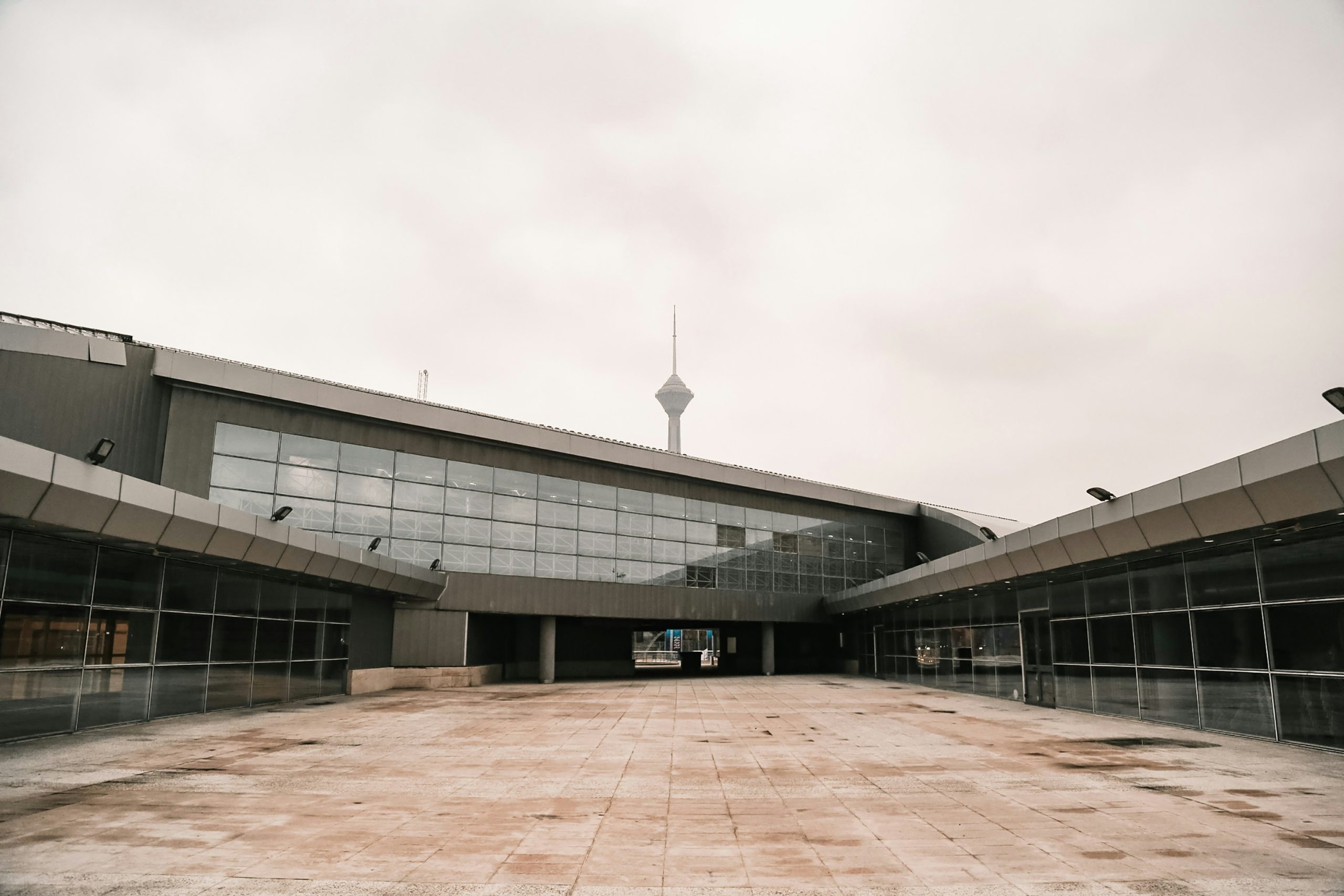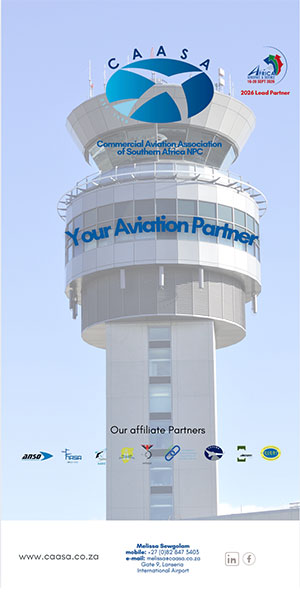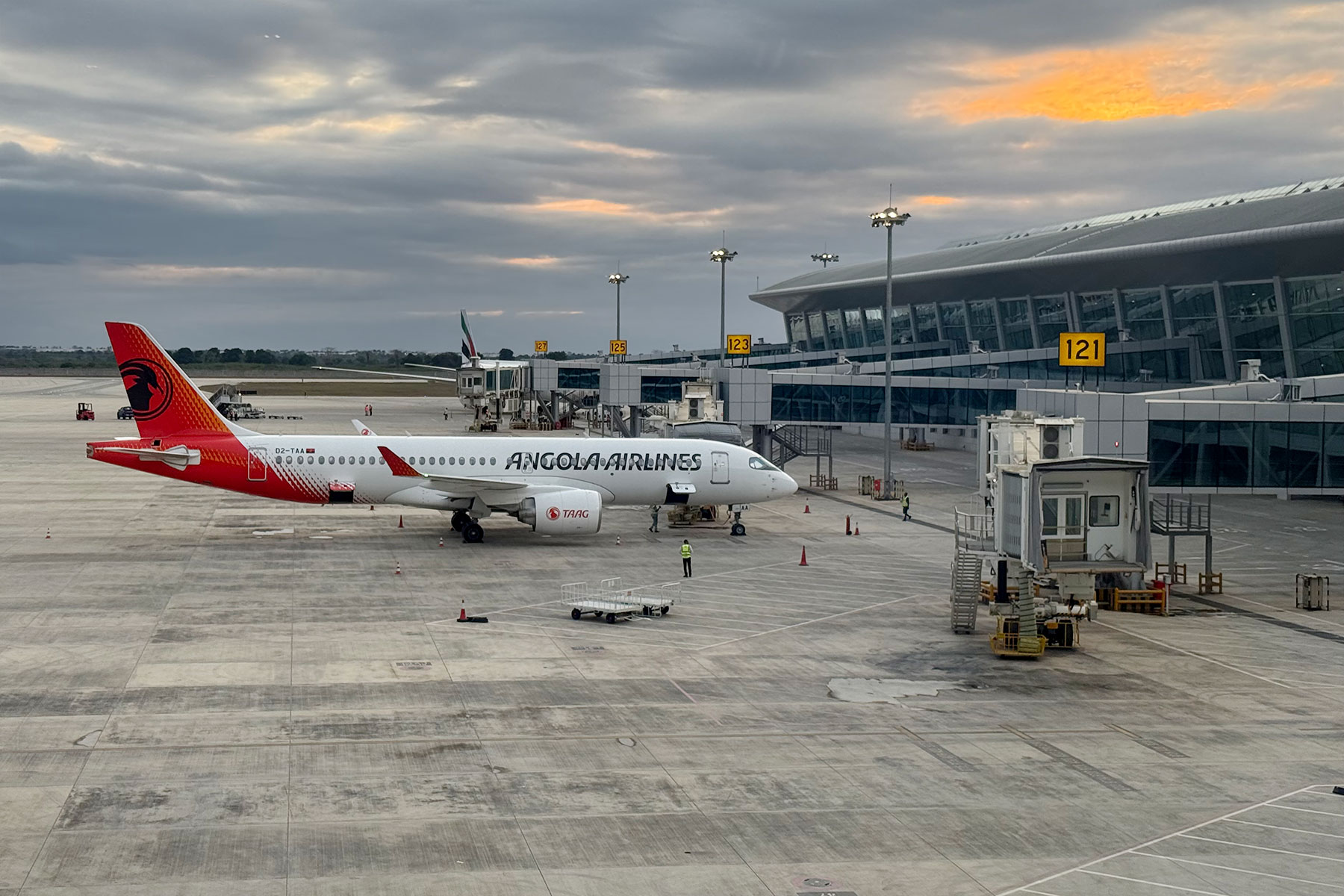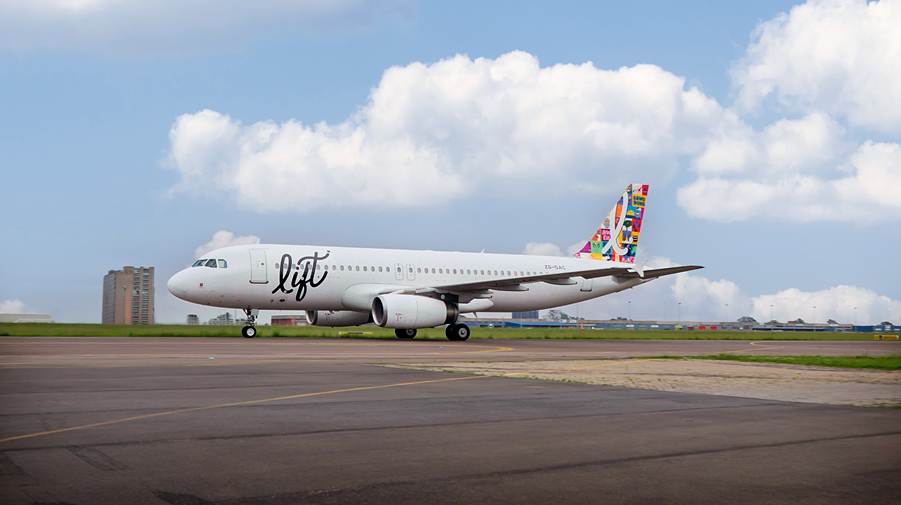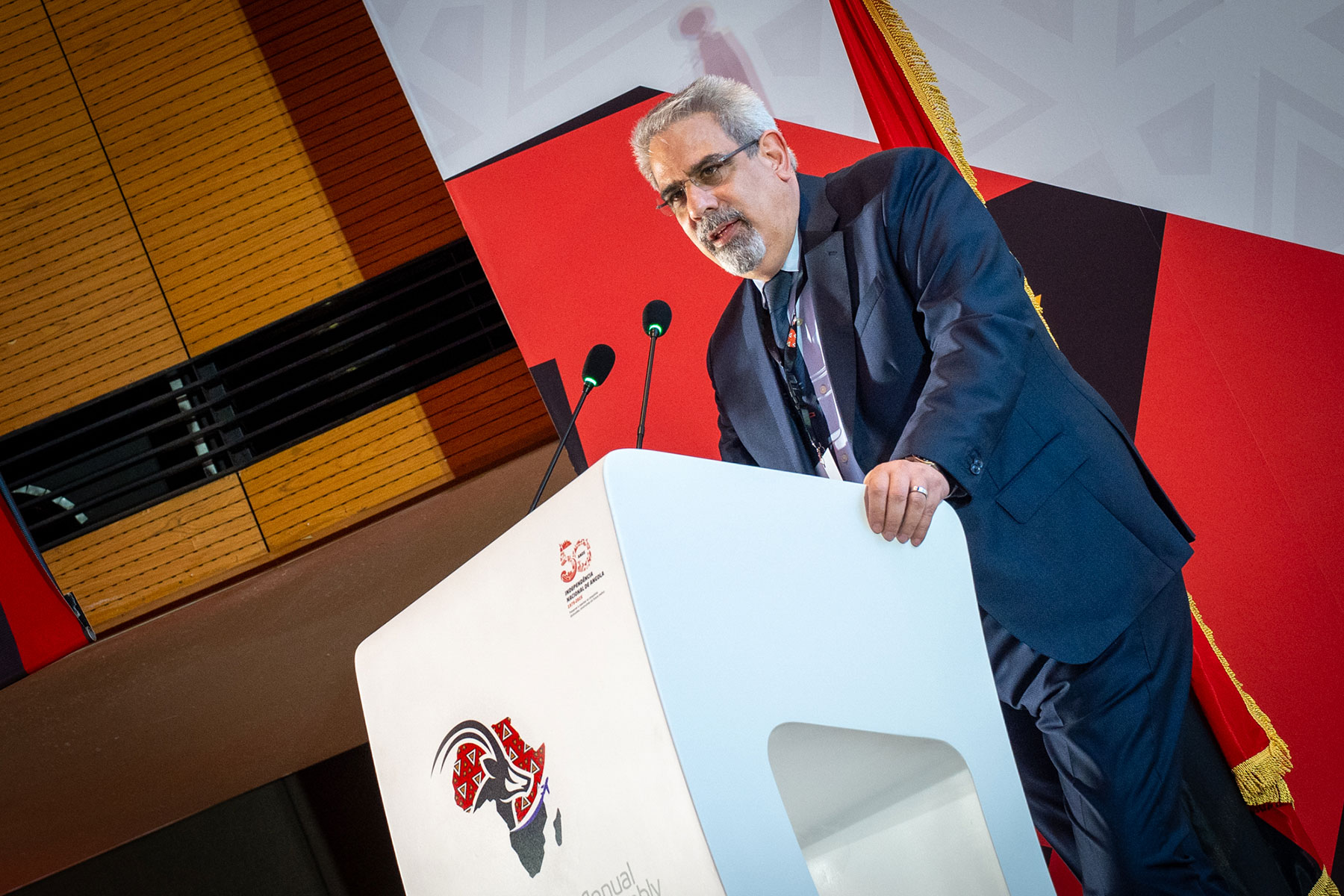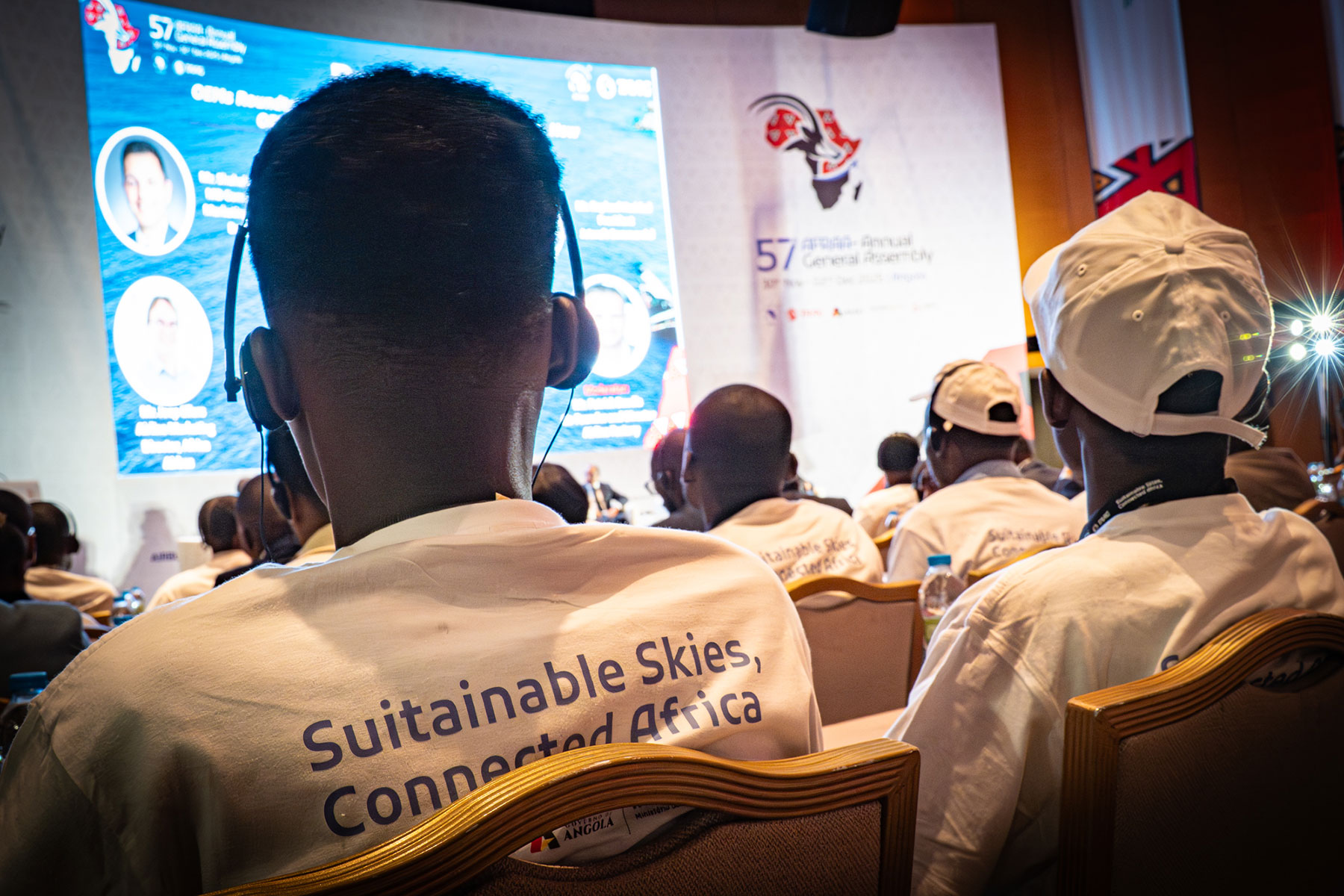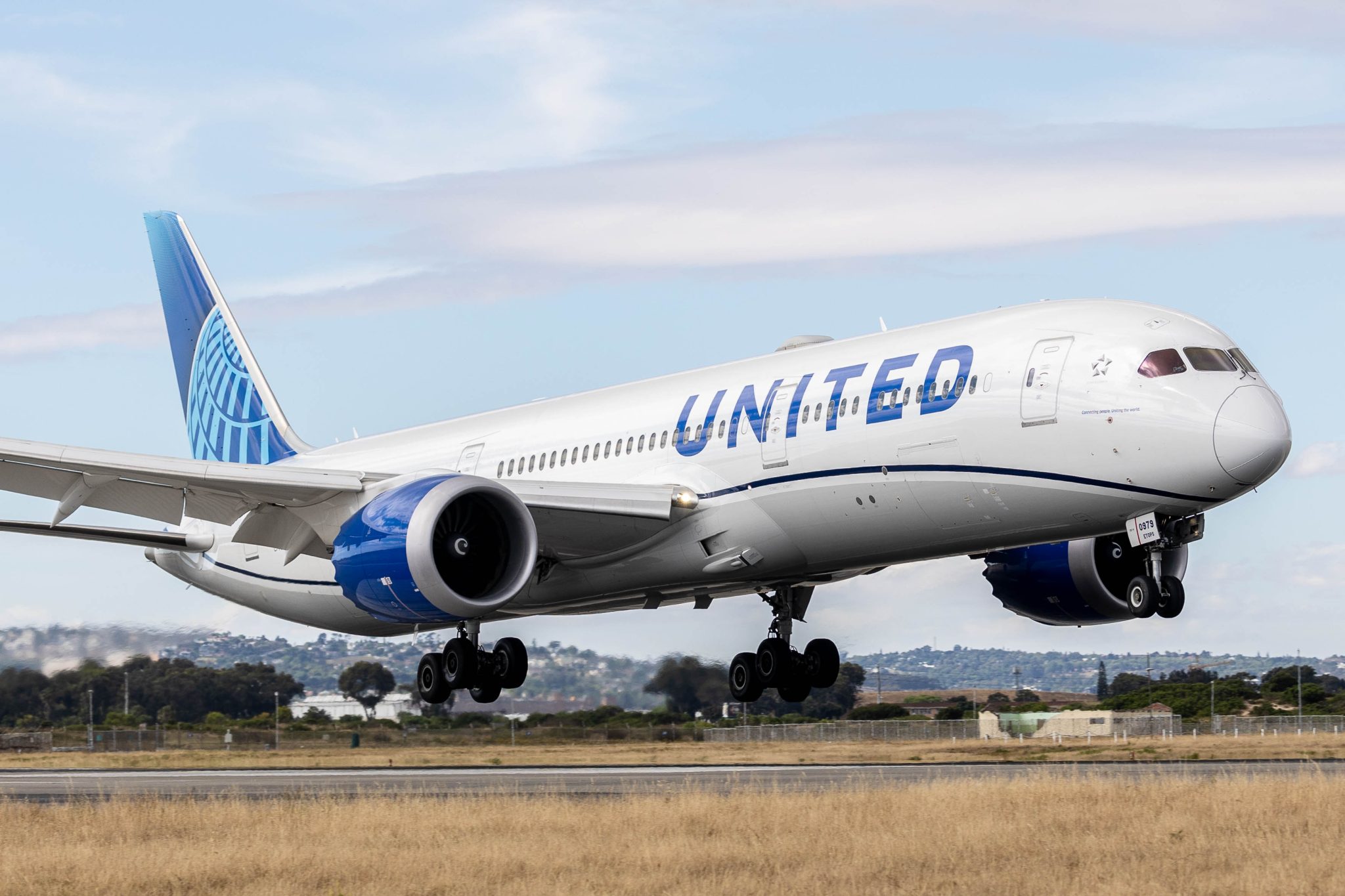The International Federation of Air Line Pilots’ Associations (IFALPA) has highlighted significant safety concerns regarding airports designated as alternate aerodromes for diverted flights. In a recent position paper, the organisation stresses that many alternate airports lack the infrastructure, communication capabilities, and emergency services required to safely accommodate large commercial aircraft in diversion scenarios.
IFALPA’s analysis comes in the context of several notable incidents where wide-body aircraft, fully loaded with passengers and crew, were forced to divert to airports without adequate facilities. In some cases, passengers and crew remained on board for prolonged periods, up to 30 hours, while awaiting relief or suitable ground services. We unpacked the incidents and what the IFALPA are demanding in their recent position paper.
Diversions and Communication Breakdowns
Various incidents across Africa have spoken for themselves. In East Africa, a recent diversion of an Emirates Airbus A380 to Dar es Salaam International Airport starkly highlighted the challenges. The world’s largest passenger jet found itself at an airport with limited facilities for such a colossal aircraft. Passengers were left stranded overnight onboard and at the terminal, due to the infrastructural constraints facing many regional airports.
Similarly, in West Africa, Lagos Murtala Muhammed International Airport, a major regional hub, has struggled with navigational inadequacies during harsh harmattan haze seasons. British Airways and other carriers have had to divert flights to Accra, Ghana, due to substandard Instrument Landing System (ILS) functionality. These diversions have exposed the urgent need for reliable, calibrated navigation aids with robust backups to ensure operational safety.
A recent unexpected diversion of a wet-leased flight to Asaba Airport in Nigeria prompted a suspension from the Nigerian Civil Aviation Authority (NCAA). Investigations revealed poor communication coordination between flight operators and ground Air Traffic Control (ATC), raising concerns about ATC staffing and language proficiency.
Additional incidents, including runway excursions and aborted takeoffs at airports in Lagos and Port Harcourt, further underline systemic issues: inadequate rescue and firefighting equipment, poorly maintained runways, and insufficient passenger handling infrastructure.
IFALPA’s Recommended Standards for Alternate Aerodromes
The position paper sets out detailed criteria that alternate airports should meet to ensure safe diversions:
- Runway Infrastructure: Paved runways capable of supporting the largest aircraft that may divert, with adequate maintenance, lighting, and ICAO-compliant markings. A visual vertical guidance system should be available to ensure safe approaches.
- Communication and Navigation: Continuous VHF communication staffed by controllers fluent in English at ICAO Level 4 or above is essential. Airports should have approach procedures suitable for the aircraft type, ADS-B surveillance coverage, and ground-based navigation aids such as ILS, with satellite navigation as a backup.
- Emergency Services: Rescue and firefighting services (RFF) must be operational with a response time of 30 minutes or less following notification of a diversion. Daily reporting on RFF readiness is recommended.
- Ground Handling and Passenger Support: Alternate airports must have equipment to safely tow and refuel diverted aircraft and provide suitable passenger disembarkation facilities. Passenger shelters should offer protection from adverse weather, with provisions for food, water (sufficient for three days), sanitation, and security. Customs, immigration, and health clearance procedures should be in place to facilitate passenger processing.
The Need for Coordination and Investment
IFALPA emphasises that improving alternate aerodrome safety requires cooperation among States, airline operators, airport authorities, and regulators. Where airports cannot meet these standards, operational restrictions should be clearly communicated and enforced, limiting the types of aircraft or passenger loads that can be accommodated.
Investment in infrastructure, communication, and emergency response capabilities is essential, particularly in remote or rapidly developing regions such as parts of Africa. Without such measures, diversions will continue to pose safety risks and operational challenges.
Africa Needs to Be More Forward-Thinking
With increasing traffic, growing tourism, and expanding trade, Africa’s aviation sector is poised for substantial growth. However, safety cannot be an afterthought. The continent must invest not only in its major hubs but also in secondary and alternate airports. This includes extending operational hours, training personnel, and upgrading infrastructure to meet international standards.
The ability to safely divert aircraft is critical not only to passenger safety but also to maintaining operational continuity and confidence in African airspace. Without swift action, the risk of incidents similar to those at Dar es Salaam, Lagos, and Asaba will persist.
Ultimately, a coordinated effort that includes governments, airport authorities, operators, and international agencies is essential to build resilience and elevate the safety baseline of Africa’s alternate aerodromes, safeguarding passengers, crews, and the wider aviation community.
